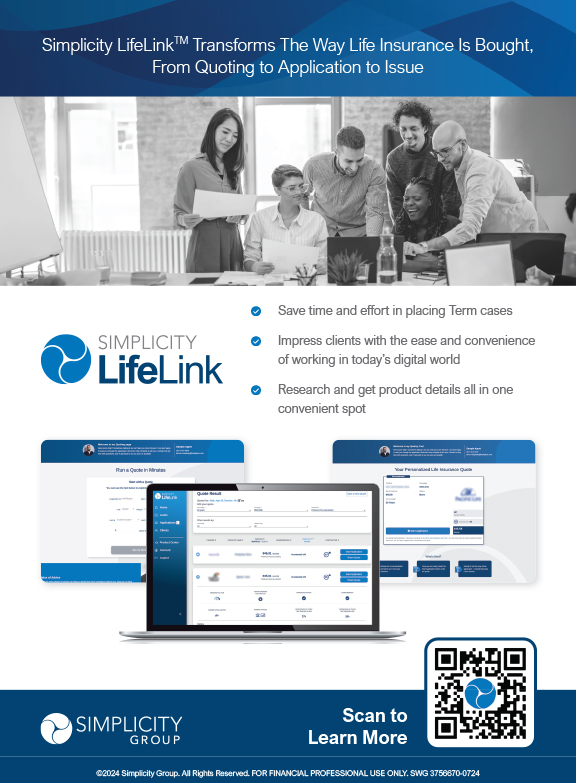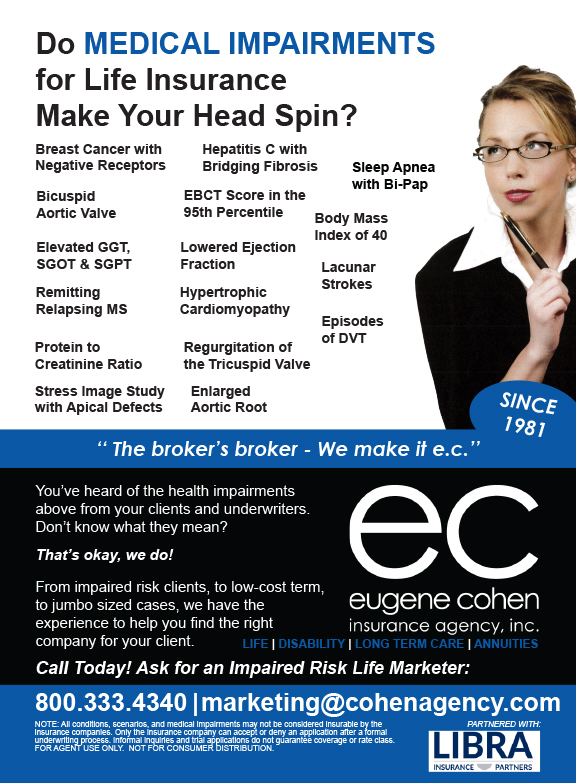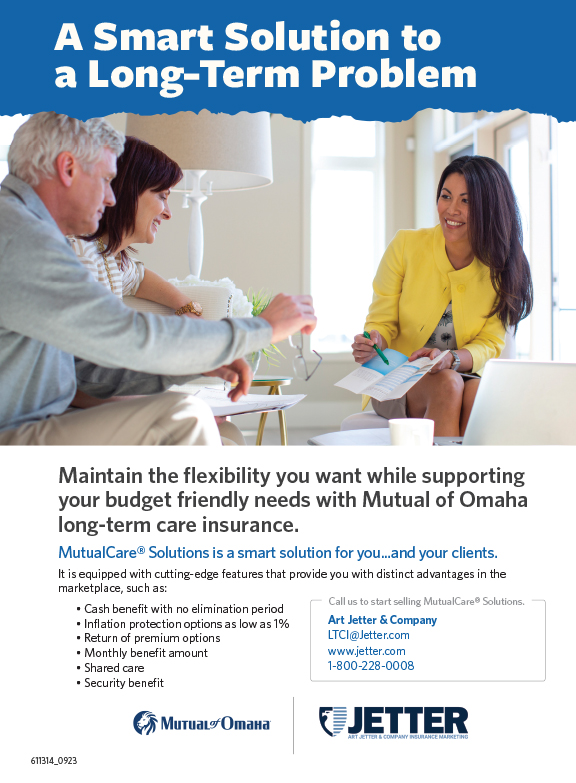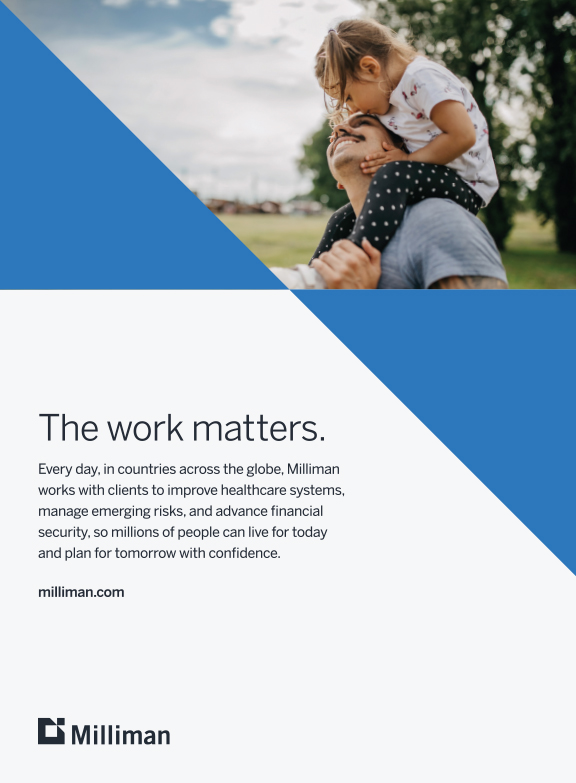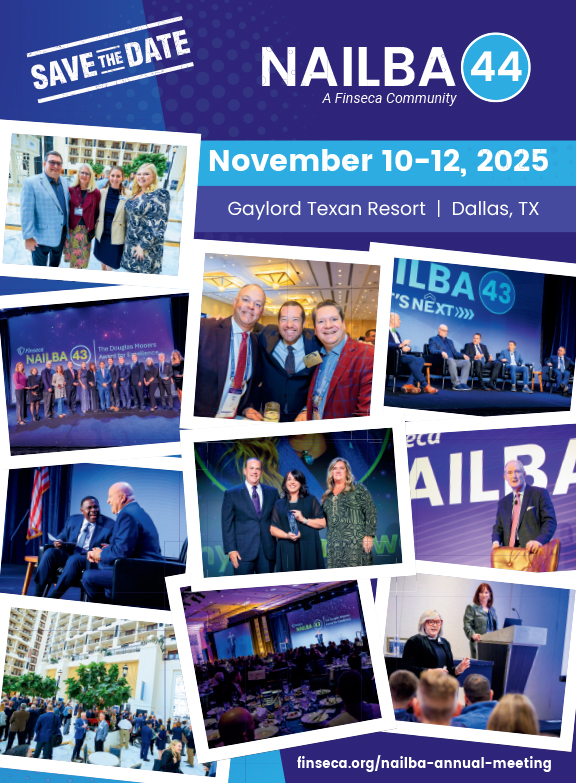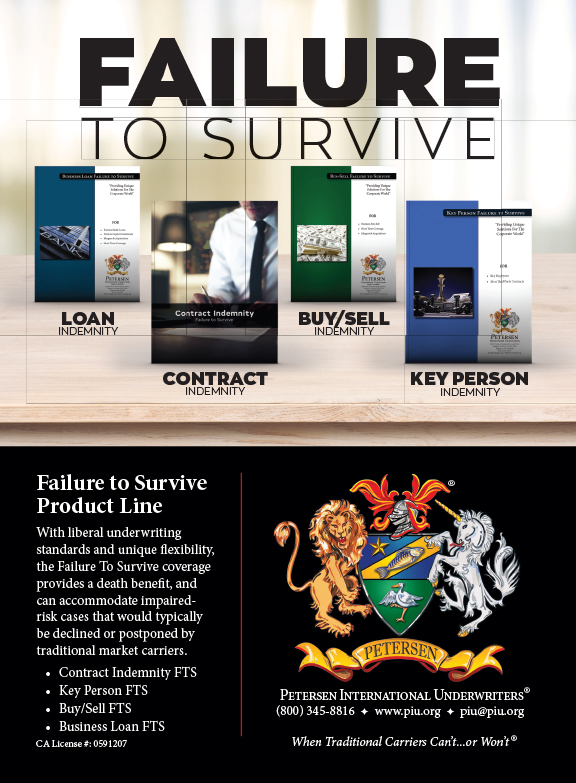Entering A New Era For Life Insurance
When words like “innovation” and “technology” are the main points of discussion, life insurance isn’t usually the first topic that comes to mind. But as I look at the landscape for the life insurance industry in 2019, it’s these terms and their potential impact on our business that have me more excited than at any previous time in my 25 year career.
At Allianz Life Insurance Company of North America (Allianz Life), our focus on innovation within fixed index universal life (FIUL) insurance is helping us to meet client demands concerning flexibility, portfolio diversification and a desire to include insurance solutions in more holistic planning efforts. For too long, life insurance has been viewed as only a “protection” product, but the innovations available through FIUL products provide a number of compelling additional advantages customers are looking for, including accumulation potential, a level of protection from market losses and income-tax-free supplemental retirement income through policy loans and withdrawals.1
However, it’s the innovation behind the policies and implementation of new technology within the application process that has me excited about the future. As with many other areas of life, the entire insurance industry is moving toward a completely digital end-to-end experience and FIUL is no exception.
Innovations behind the policy
Customer-focused enhancements are being made in a number of areas, most notably electronic applications and submissions through our ApplyNOW system that both simplify and speed up the application process.
In the short time since we’ve implemented this digital processing system we’ve seen a number of benefits, including: A decrease in the amount of time needed to complete an application from 60 minutes by traditional mail to only 12 minutes online; a decrease in the application submission process from four-to-five business days to instantly via one click online; a reduction in incoming calls for status from an average of two calls per application to less than one call per application; and an increase in “good order” applications from 15 percent to 90 percent.2
The significant increase in “good order” applications is not only great for the financial professionals that work with us, it’s also great for the policyholder since it results in faster processing and quicker coverage.
Other technology-based enhancements the industry is embracing include electronic delivery of policies, which saves time for the policyholder, and also new digital tools that allow faster communication about any policy changes between agents and clients.
A better underwriting experience
Innovations related to accelerated underwriting are also having a significant impact on increasing customer satisfaction. With no exams or medical records required, customers can receive coverage much quicker and with none of the hassle/inconvenience associated with things like paramed exams, collection of labs/fluids, and Attending Physician’s Statements (APS).
As with ApplyNOW, customers are already seeing real benefits from these enhancements to the underwriting process. Under the old process with paper application/worksheet, full underwriting could take up to 33 days. With accelerated underwriting, that time has been greatly reduced to 12 days or less, and as little as three days in some cases (accelerated underwriting is subject to specific eligibility criteria). An easier process for insurers means a better overall experience for policyholders, which is crucial in order to meet the high level of consumer expectations that exist in the digital age.
The positive effect of InsurTech
Innovation within back-end operations of the life insurance industry is also carrying over to the bigger picture affecting the future of our business. Perhaps the most exciting thing happening in the life insurance industry today is the investment many insurers—including Allianz Life—are making in new ideas and new technology that have the potential to impact both the way we do business now and what the insurance industry of tomorrow may look like.
The InsurTech space has been blowing up in recent years, offering a fresh perspective on a variety of insurance and financial planning topics. Our Allianz Life Ventures team, which is a part of Allianz Life, is engaging with a number of these groups that are bringing a real sense of energy and excitement into the industry—taking innovative approaches to existing challenges and also helping to form how we approach our current lines of business.
For example, we’re investing in companies that are looking to streamline the traditional life insurance purchasing process in ways that can help people calculate their insurance needs, review products, and purchase an appropriate amount of coverage, all with minimum hassle. As we become more digital, Allianz Life has the opportunity to learn from these new business models and apply some of that knowledge to improve the FIUL experience for our customers.
Other companies we’re supporting are embracing app-based technology to offer their customers innovative new ways to purchase life insurance and combine that experience with other financial planning needs. This approach can teach traditional insurers a great deal about speed, flexibility and effective ways to combine products and services that consumers find compelling.
Beyond innovations within the life insurance space, we’re also working with companies that are building new ways for people to access financial planning help—and easier ways for financial professionals to connect with their clients. The efficiencies these businesses are working to develop within the financial planning landscape are not only good for the financial services industry, they are also inspiring to companies like Allianz Life as we determine the best ways to make our products and services more relevant to today’s consumers.
While “innovation” and “technology” may not always be top of mind in connection with life insurance, that dynamic is rapidly changing, bringing a world of possibilities to the future of our industry. As we listen to new ideas and embrace different ways of doing business, we enhance our ability to evolve and adapt to a constantly changing environment.
As Americans develop a better understanding of their need for protection and the many ways life insurance can help them achieve their financial goals, it’s crucial that insurers are able to connect with them when, and where people choose—and not only meet, but exceed consumer expectations throughout the entire process. [JW]
Allianz Life Insurance Company of North America offers insurance and annuities in all states except New York. In New York, products are issued by Allianz Life Insurance Company of New York.
Notes:
- Policy loans and withdrawals will reduce available cash values and death benefits, and may cause the policy to lapse or affect any guarantees against lapse. Additional premium payments may be required to keep the policy in force. In the event of a lapse, outstanding policy loans in excess of unrecovered cost basis will be subject to ordinary income tax. If a policy is a modified endowment contract (MEC), policy loans and withdrawals will be taxable as ordinary income to the extent there are earnings in the policy. If any of these features are exercised prior to age 59½ on a MEC, a 10% federal additional tax may be imposed. Tax laws are subject to change. You should consult a tax professional.
- Internal statistics are from 4/1/2017 to 4/20/2018.











